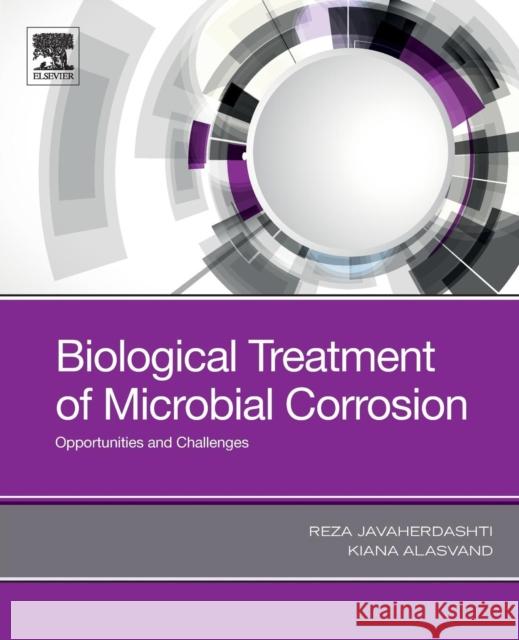Biological Treatment of Microbial Corrosion: Opportunities and Challenges » książka
topmenu
Biological Treatment of Microbial Corrosion: Opportunities and Challenges
ISBN-13: 9780128161081 / Angielski / Miękka / 2019 / 162 str.
Kategorie:
Kategorie BISAC:
Wydawca:
Elsevier
Język:
Angielski
ISBN-13:
9780128161081
Rok wydania:
2019
Ilość stron:
162
Waga:
0.29 kg
Wymiary:
23.5 x 19.1 x 0.89
Oprawa:
Miękka
Wolumenów:
01
Dodatkowe informacje:
Bibliografia











